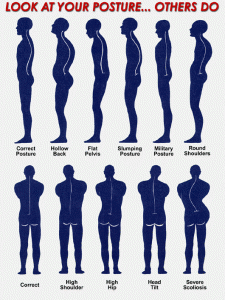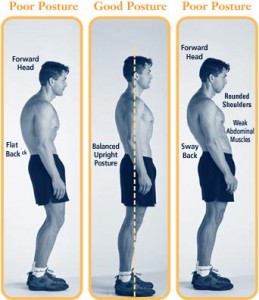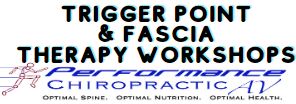 You’ve probably heard people say, “sit up straight, keep your shoulders back and don’t slouch.” Children usually get that advice from their parents, and like all good advice it should last a lifetime, because poor posture can lead to a painful condition called postural syndrome.
You’ve probably heard people say, “sit up straight, keep your shoulders back and don’t slouch.” Children usually get that advice from their parents, and like all good advice it should last a lifetime, because poor posture can lead to a painful condition called postural syndrome.
Postural syndrome can cause physical changes to the body and painful side effects. Most people with the condition notice their shoulders are rounded and tend to droop forward. Muscles that connect the shoulders and the back of the neck to the head then tend to pull the head forward, and the resulting position can cause constant, aching pain, stiffness and even burning in the upper and middle back areas, as well as in the shoulders, neck and head. Over time, poor posture can also lead to the development of trigger points (tight muscle fibers), which can refer pain throughout the back and neck, as well as cause headaches.
Poor posture usually develops gradually in people who sit improperly for long periods. Think about how much time you spend sitting. You probably sit in your car, at work, when you’re eating meals and when you’re watching television. And if you’re like most people, you probably tend to sit with a forward bend, which causes your shoulders to become hunched over. This is the opposite of good posture, which is a state of musculoskeletal balance that involves a minimal amount of stress or strain on the body.
Over time, poor posture can cause a muscular imbalance in the body. Normally, there are balanced tug-of-war games happening between the chest muscles (pectoralis) and the upper back muscles (rhomboid, middle trapezius and inferior trapezius) and between he muscles that bring your chin to your chest (anterior scalene and sternocleidalmastoid) and the muscles in the back of your neck (upper trapezius). No muscle group wins, because they all have equally strong players.
Normally, there are balanced tug-of-war games happening between the chest muscles (pectoralis) and the upper back muscles (rhomboid, middle trapezius and inferior trapezius) and between he muscles that bring your chin to your chest (anterior scalene and sternocleidalmastoid) and the muscles in the back of your neck (upper trapezius). No muscle group wins, because they all have equally strong players.
The impasse ends, however, when chronic poor posture gives the chest muscles the advantage. The chest muscles then become tight and short, tugging or pulling the shoulders forward. Chronically tight chest muscles cause the muscles behind the shoulders to become relatively weak. At this point, the stronger muscles pull the spine out of its normal alignment, causing postural changes. Now the shoulders are slouched forward and the head, because of its connection, must follow. In an effort to hold the head up to compensate, the muscles in the back of the neck then become tight, ending the other tug-of-war and causing the head to jut forward.
If you have postural syndrome or just poor posture, it’s important that you see your healthcare practitioner as soon as possible. Postural awareness and adequate care can help restore muscle balance and joint health, but since it may have been many years since you started ignoring your parents’ advice, it may take some time for you and your healthcare practitioner to fix the problems.
Rick Duenas, DC, CES, NASM-CPT




FOLLOW US!